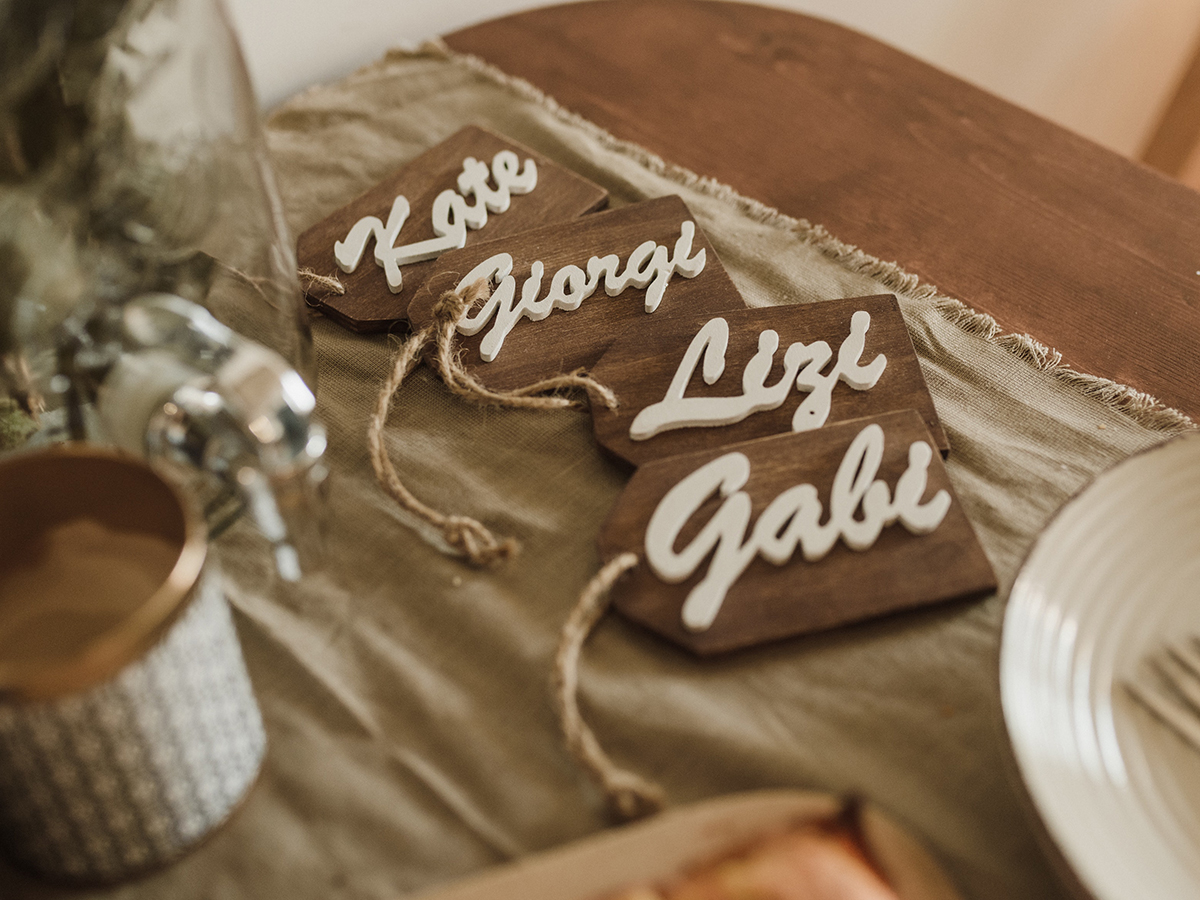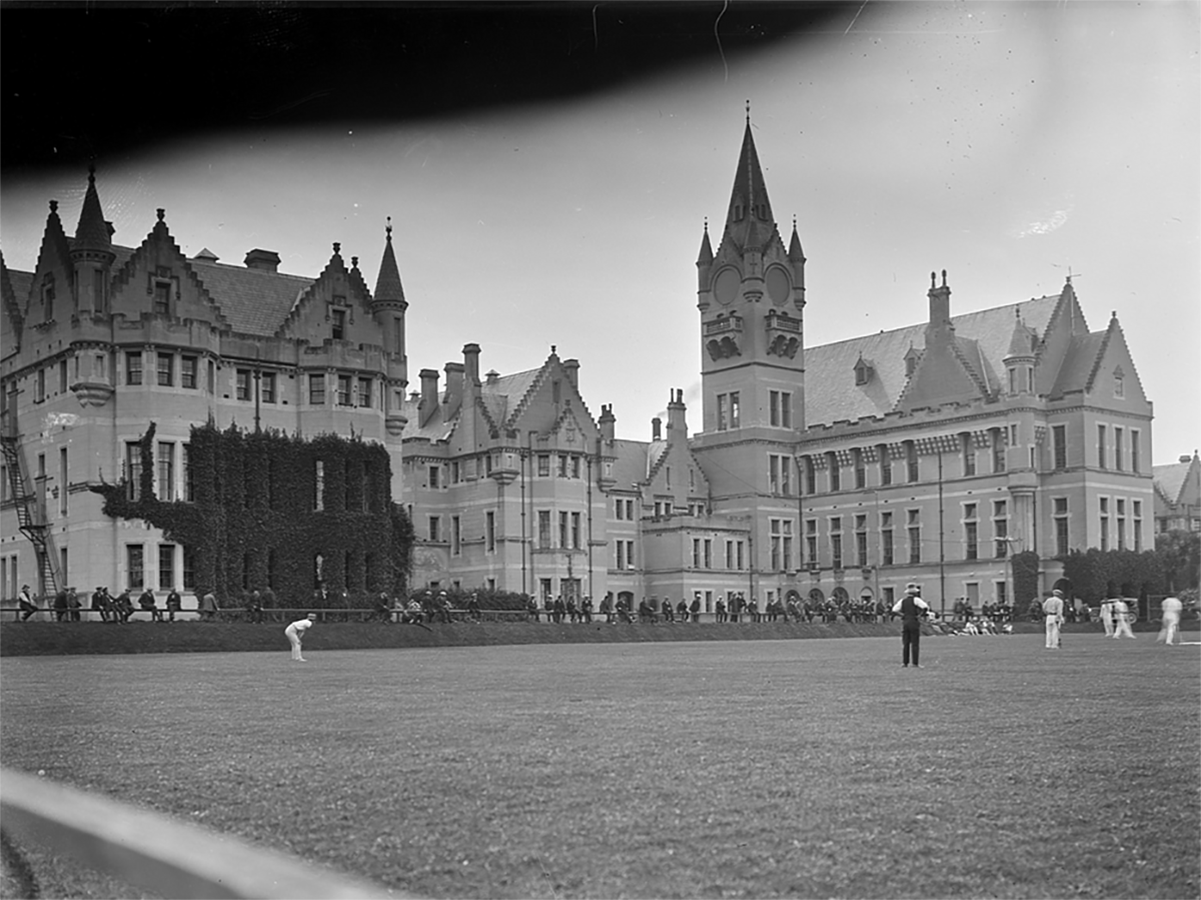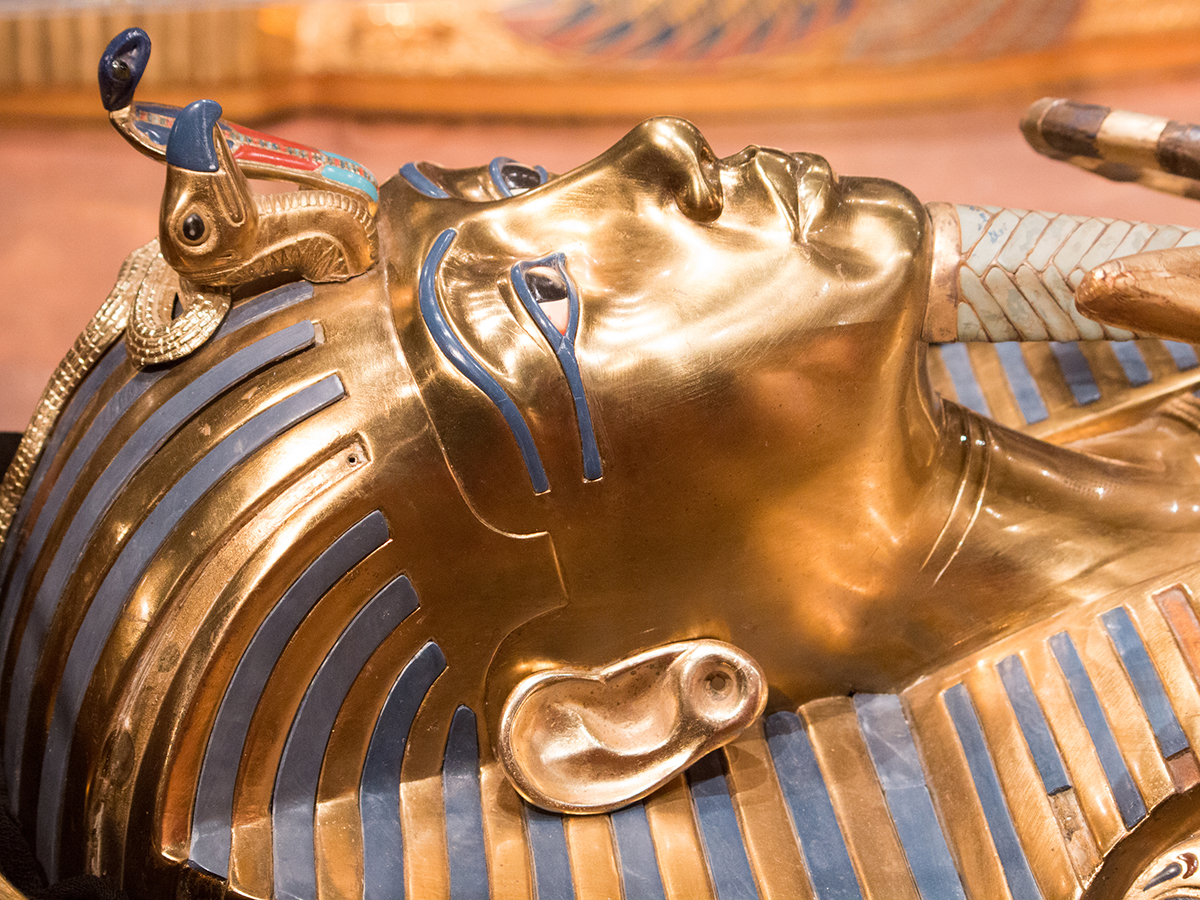
December 23, 2020
For those who enjoy touring homes of a bygone era, Independence, Missouri, has several that are monuments to the past. While the Truman Home is a favorite among hometown visitors, the Vaile Mansion and the Bingham-Waggoner Estate are also homes that should be visited and enjoyed when they reopen.
The Bingham-Waggoner Estate was owned for a short time by George Caleb Bingham, who was not only a prominent Missouri politician, but who is also considered one of Missouri’s, if not America’s, finest artists. Raised in Franklin, Missouri, until it was destroyed by a flood in 1825, Bingham and his family moved to Arrow Rock where he became interested in painting and politics.

By his early 20s, Bingham was known as a portrait artist. During his career, he painted portraits of George Washington, Thomas Jefferson, Andrew Jackson, John Quincy Adams, and Senator Thomas Hart Benton. To improve his abilities and to learn more about artistic styles, he studied for a few years in Philadelphia but soon moved back to Arrow Rock.
While on the East Coast, he was introduced to a special painting genre that depicts everyday life. That introduction gave him a new focus for his abilities and has richly contributed to our knowledge of pre-Civil War times. Even though he still traveled extensively to paint portraits, he started producing scenes of the then-frontier for the American Art-Union in New York, which helped market his art.

During the 1840s, he successfully painted images of life on the river, and in 1845, painted Fur Traders Descending the Missouri, one of his more highly prized and popular portrayals. By the late 1840s and 50s, he had also created a series of “country politician” paintings, among which are Canvassing for a Vote and The County Election, which depicts election day in 1850 in Saline County, and “stump speaking.”

With the advent of the Civil War, Bingham joined the U.S. Volunteer Reserve Corps and was soon appointed to be company captain in the Home Guard protecting Kansas City. In 1862, he was appointed state treasurer until the end of the war.

In 1868, he completed one of his most controversial paintings—Order No. 11. After the raid on Lawrence, Kansas, in which more than 150 people were killed, Order No. 11 was carried out by Union officers to remove people in western Missouri sympathetic to Quantrill’s Raiders. Bingham’s painting portrays the plight of one family among the 20,000 Missouri residents who were forcibly removed from their land.
Soon after the Civil War, Bingham and his family moved to Independence, but with his various employment opportunities, he moved to Kansas City in 1870. He was appointed president of the Kansas City Board of Police Commissioners in 1874 and then as the Missouri Adjutant General in 1875. In 1877, he was appointed as a professor of art at the University of Missouri. He died in 1879 and is buried in Union Cemetery, close to Crown Center and Liberty Memorial.
While many of Bingham’s paintings have been lost, his classic works can be found at New York’s Metropolitan Museum of Art, The National Gallery of Art in Washington, D.C., the de Young Museum in San Francisco, The Nelson-Atkins Museum of Art in Kansas City, the Saint Louis Art Museum in St. Louis, and the Center for Missouri Studies in Columbia. The George Caleb Bingham House is located in Arrow Rock State Park.
For video resources about George Caleb Bingham, be sure to visit Access Video on Demand to view George Caleb Bingham and The American Artist.
Terri M.
Consumer Technology Specialist
Read Similar Blogs:
Arts and Culture
Films, Videos, and Images
History
People and Places







